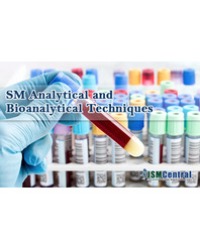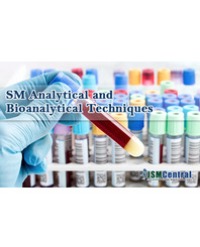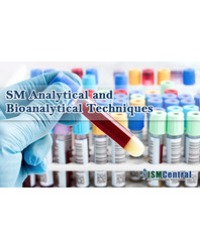
Method Development by Design of Experiments for Quantification of Lipoxygenase Metabolites in Human Cancer Cells with UPLC-MS/MS
Lipoxygenase (LOX) products (5- and 12- HETE) have been implicated in carcinogenesis, contribution to invasion and cancer progression. Several LOX-inhibitors have been studied as potential cancer preventive agents, but the specificity of these inhibitors has been doubted. It is therefore important to have a highly selective method, as UPLC-MS/MS, for assessment of the mechanism of action for LOX inhibitors in the cellular context. Design of Experiments (DoE) is a chemo metrical approach which allows for optimization of a quantification method using a limited number of experiments and interaction between experimental factors can be observed. This paper presents optimization of an UPLC-MS/MS method for accurate quantification of the LOX products, 5- and 12- HETE, utilizing DoE. Significant interaction effects where seen between amount of organic solvent in the mobile phase at initial condition and gradient slope as well as between mobile phase flow rate and capillary voltage. A UPLC-MS/MS quantification method was developed and validated for 5- and 12- HETE. An intraday validation assessment showed that the quantitative determination was linear for 5- and 12- HETE in the range tested (1.00-100 ng/ml), and accuracy and precision met the acceptance criteria with a coefficient of variations lower than 15%. Auto-sampler stability was established for 12 hours at 4°C. The optimized method was specific for evaluation of LOX activity in cultured AsPC-1 pancreatic cancer cells. Without added Arachidonic Acid (AA) as substrate LOX products were not detected. After addition of AA, 5- and 12- HETE were quantified in both supernatants and cell lysates, demonstrating the usefulness for cell-based studies in the evaluation of LOX inhibitors.
Eiriksson FF¹,², Thorsteinsdottir UA², Halldorsson H¹, Ögmundsdottir HM¹, and Thorsteinsdottir M²*


